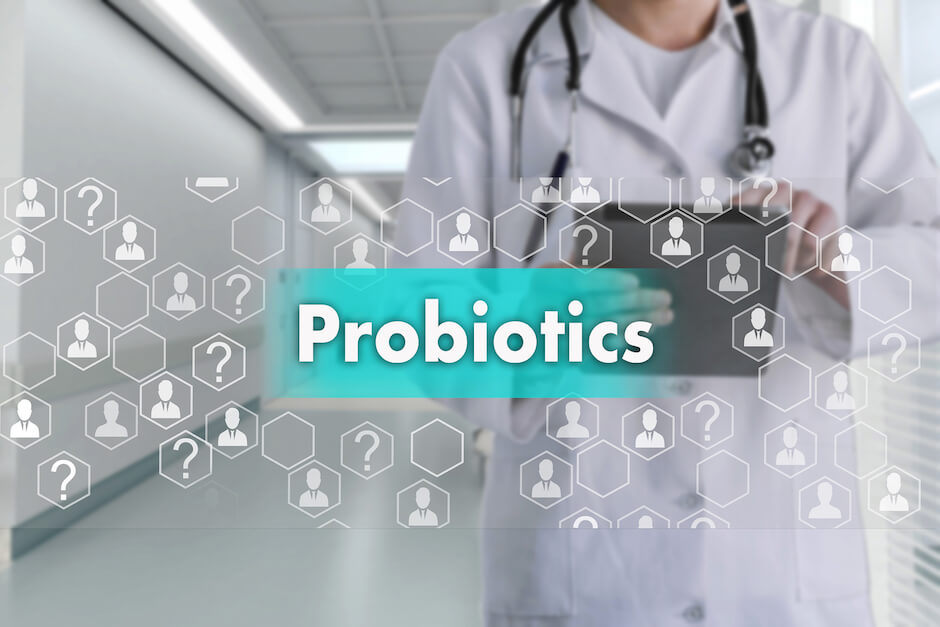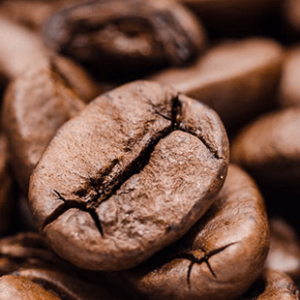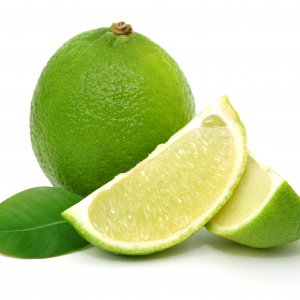Probiotics are gaining increasing attention as more and more data recognizes that optimal health starts in the gut microbiome. People around the world tout the myriad of health benefits of fermented foods and probiotic supplements. Therefore, the market is flooded with options for the consumer. So how do you choose a probiotic? My friend and colleague, Melody L. Hartzler, PharmD of Pharm To Table, graciously agreed to write an article about the different strains of bacteria we find in probiotics.
The Goal of Probiotics
A common definition of probiotics is “a live microbial feed supplement which beneficially affects the host by improving its intestinal balance.”1 Note that BALANCE is one of the key words in the definition. The goal of probiotic supplements is to achieve balance as opposed to treating or curing ailments.
How do probiotics maintain balance? They do so by:
- Helping us digest nutrients;
- Suppressing harmful bacteria;
- Making vitamins for vital functions within the body.2
There are two major genus of bacteria within these supplements: Lactobacillus and Bifidobacteria. Lactobacillus are lactic acid-producing bacteria found in cheese and yogurt,3-6 whereas Bifidobacterium temper the growth of harmful bacteria and contribute to a lower pH within the gut. Additionally, Bifidobacterium may help with diarrhea prevention, lessening of lactose intolerance, and even immune system modulation.7,8
Similarly to other living things, scientists use a three-name taxonomy system of classification for bacteria. The first name is broad, termed genus, followed by a more specific name called species. Bacteria also have a strain number that further specifies the exact kind of bacteria.

Additionally, probiotic supplements often include a prebiotic blend. Prebiotics differ from probiotics in that they are the starting materials. They feed beneficial bacteria and create an environment for them to thrive. A more specific definition is “a non-digestible food ingredient that beneficially affects the host by selectively stimulating the growth and/or activity of one or a limited number of bacteria in the colon.”1
Choosing a Probiotic Supplement
The need for high-quality supplements is three-fold.

- First, knowing exactly what is in a supplement prevents excess fillers that could contribute to unwanted reactions.
- Secondly, stability of probiotics and prebiotics ensures the survival of strains in the harsh environment of the stomach.
- Finally, because most probiotics are labeled dietary supplements, they do not require FDA approval. This means manufacturers may be less stringent with their product standards. In order to get the best results from your supplement, it is important to know and trust your manufacturer to provide a stable and pure product.
Although strains of the same species likely have similar effects, controversy over this assumption exists. This is because some studies have shown different strains – even from the same species – produce different effects.9 The data summarized below include selected functions of several species of probiotics and prebiotics and rather than being specific to a particular strain.
Functions of Bacterial Species
| Bacterial Species | Selected Functions |
| Bifidobacterium breve | Induces lower stress response in animal models.10 |
| Bifidobacterium lactis | Preventive properties on acute colitis and colon cancer.1 |
| Bifidobacterium longum | Demonstrated “better learning and memory” suggestive of “positive impact on cognition”. 11 Interacts with other gut bacteria to produce vital nutrients. 12 |
| Bifidobacterium infantis | Displays anti-inflammatory activity in intestinal cells. Decreases intestinal permeability (“leaky gut”). May decrease risk of necrotizing enterocolitis in premature infants. Associated with increased vaccine response. 13 |
| Lactobacillus acidophilus | Improves vaginal microbiome. 14Demonstrates antifungal activity against common molds. 15Consumption for 12 weeks positively affected cognitive function and metabolic statuses in Alzheimer patients. 16 |
| Lactobacillus paracasei | Antagonistic effects against foodborne pathogens.8 |
| Lactobacillus plantarum | Prevention of toxins produced witin the gut & antifungal activity. 15,17 |
| Lactobacillus rhamnosus | Stimulates immune system with antibacterial activity against intestinal pathogens.5 Lessened severity of symptoms of blood infections after administration of pathogenic bacteria in an animal model.19 Decreased intestinal permeability and endotoxemia induced by alcohol.20 |
| Lactobacillus salivarius | Inhibits inflammation markers on intestinal surface cells.21 |
| Streptococcus thermophilus | May improve utility of intestinal bacteria and lactose digestion in lactose intolerant individuals; produces high quantity of folate.23 |
| Goji berry (Lycium barbarum) fruit fiber | Anti-aging, antioxidative, anti- fatigue, anti-inflammatory, and immunomodulating effects.23 |
| Fructooligosaccharides | Stimulates growth of healthy gut bacteria in children.24 |

This post was written by Ruth J. Gunti, Pharmacy Student at Cedarville University and Melody L. Hartzler, PharmD of PharmToTable.Life.
Make sure to check out her blog and follow her @PharmToTable.Life on Instagram and Facebook.
Click here to learn more about the Health Benefits of Probiotics!











